When business owners hit that growth ceiling—where sales are rolling in, but operations can’t keep up—it becomes clear: something has to change. But hiring a full-time executive isn’t always the answer. Fractional COO aren’t just a “cheaper option”—they’re a smarter growth tool. Here’s exactly how they help companies scale without bloating the payroll or getting buried in bureaucracy.
1. Codifying the Business in Scalable SOPs
A full-time COO may spend months analyzing and documenting processes. A skilled fractional COO, on the other hand, brings battle-tested frameworks and immediately begins codifying high-impact areas.
They focus on:
- Revenue-driving processes (sales, onboarding, delivery)
- Bottlenecked areas where delays are costing money
- Delegation readiness so the CEO can step out
By creating actionable, outcome-tied SOPs, your team can replicate success without adding layers of management.
Result: Tasks are completed faster, fewer mistakes are made, and new hires are onboarded in days—not weeks.
2. Eliminating Hidden Costs Through Process Automation
One of the most overlooked expenses in a growing company is manual labor: repeated tasks, follow-ups, and inconsistent handoffs.
A fractional COO identifies where automation tools (like Zapier, Slack integrations, or CRMs) can:
- Automate client follow-ups
- Auto-assign tasks across departments
- Trigger alerts for delays or errors
They don’t just recommend tools—they implement them in a way that matches how your team works.
Cost-saving bonus: No need to hire extra admin support or pay for bloated SaaS tools you don’t need.
3. Restructuring Teams Without Increasing Payroll
Scaling doesn’t always require hiring. Often, team members are underutilized, misaligned, or simply working with unclear expectations.
A fractional COO performs a team utilization analysis and often discovers:
- You have the right people in the wrong seats
- Certain roles can be merged or made part-time
- Delegation can solve 80% of the CEO’s overwhelm
They’ll create a lean org chart with clear accountability, maximizing your current talent before recommending new hires.
Efficiency win: You get the results of a larger team without increasing headcount or payroll.
4. Driving KPI-Based Accountability (Without Micromanaging)
Fractional COOs introduce Key Performance Indicators (KPIs) tied directly to business goals and hold teams accountable without hovering.
Instead of vague goals like “keep projects on track,” they help teams track:
- Client onboarding completion rate
- Time-to-delivery
- Profit per project
- Team capacity and workload distribution
They’ll often build simple dashboards or weekly scorecards so everyone is aligned. No need for additional operations analysts or data tools.
Result: Better performance tracking without hiring a data team or burning hours in meetings.
5. Solving Bottlenecks That Stall Revenue
Fractional COOs have an eye for where money is being lost due to operational inefficiencies. They analyze your:
- Sales-to-delivery handoff
- Project turnaround time
- Missed deadlines or scope creep
- Client retention/drop-off points
Then, they fix them—through better workflows, stronger boundaries, or more efficient delivery models. Often, this unlocks revenue already in the pipeline but stuck due to breakdowns.
Revenue gain: Faster project turnaround = more capacity = higher cash flow, without adding a single person.
6. Installing Leadership Infrastructure—Before You’re Ready to Hire Leadership
Many business owners wait too long to build middle management. A fractional COO builds the structure—meeting rhythms, communication systems, and decision-making criteria—so they step into a functional system when you hire that Ops Manager, Director, or Team Lead.
Until then? The FCOO holds that leadership line, coaching team leads, and unblocking decisions.
Foundation first: You scale responsibly without overhiring before the structure is there to support it.
7. Providing Strategic Oversight Without Long-Term Commitment
Growth often requires experimentation. However, hiring a full-time COO means locking into a long-term relationship and onboarding process that might not pan out.
A fractional COO operates in agile 3-, 6-, or 12-month cycles—building real systems, testing what works, and making course corrections fast. You’re not stuck with salary, benefits, or overhead—you’re only investing in outcomes.
Flexibility win: Shift direction as the business evolves without the sunk cost of a traditional executive hire.
Fractional COOs are growth architects. They don’t just clean up operations—they lay the foundation for sustainable, profitable scaling—without piling on people or expenses.
Instead of hiring a $200k/year executive, you get a strategic partner who builds systems, automates processes, and aligns your team so that growth happens without breaking the backend. Ask us how!




